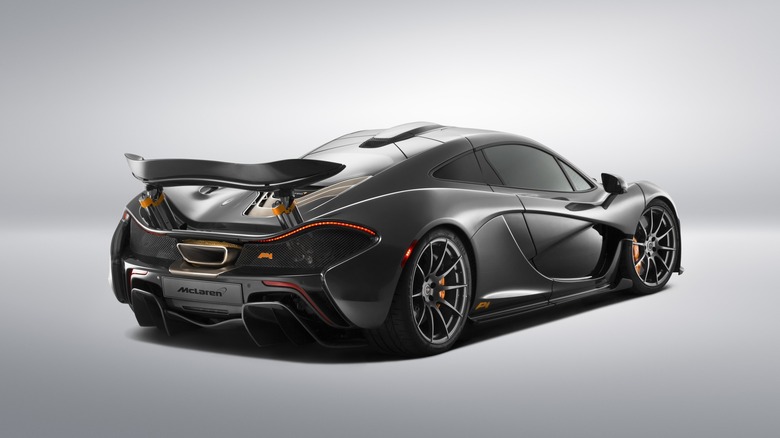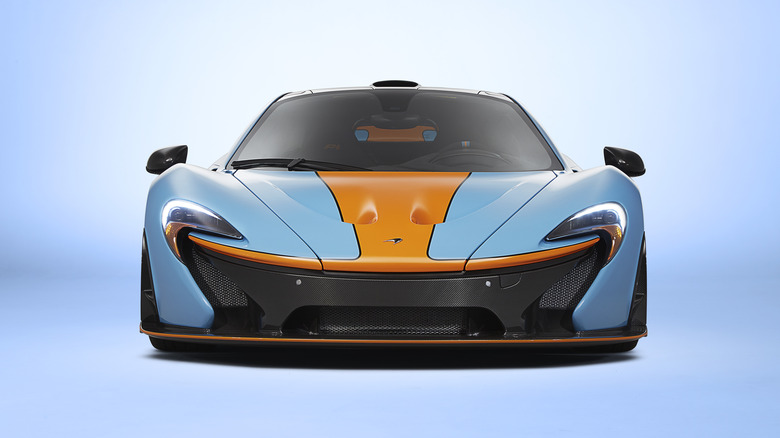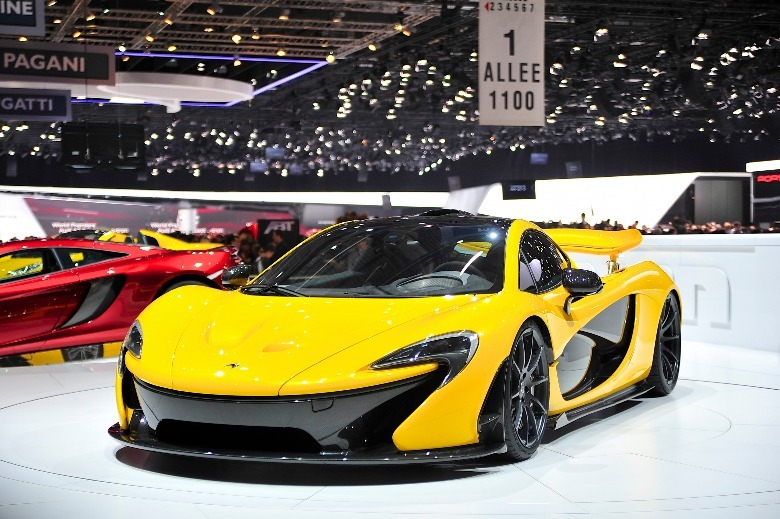All About The Twin Turbocharged V8 3.8L Engine That Powers The McLaren P1
Enthusiasts commonly refer to the McLaren P1 as a "Holy Trinity" member of hybrid supercars that kickstarted the mega-horsepower race. The elite circle comprises the Ferrari LaFerrari and Porsche 918, but the McLaren P1 stakes the claim of being the world's first mass-produced hybrid supercar.
Moreover, the P1 is McLaren's first hybrid vehicle after flirting with greatness with its MP4-12C, the brand's first roadgoing production car and the unofficial successor to the legendary McLaren F1. The P1's legendary hybrid powertrain combines a twin-turbocharged gas engine and a battery-electric hybrid powertrain that the brand calls IPAS or Integrated Power Assist.
Combined with the P1's space-age engineering, optimized aerodynamics, and balanced mid-engine layout, it scoots harder than a supercar on steroids, rushing from zero to 60 mph in 2.8 seconds, numbers that were unheard of in a production sports car in the mid-2010s. Thanks to its proprietary drag reduction system with an adjustable rear wing, the P1 takes under 6.8 seconds to reach zero to 124 mph. The top speed is 217 mph.
McLaren P1 Hybrid Powertrain: The best of both worlds
The McLaren P1 has a modified and optimized 3.8-liter M838TQ twin-turbo V8 gas engine inherited from the MP4-12C. It produces 727 horsepower and 531 lb-ft of torque while spinning to a heady 8,500 rpm redline. However, the P1's IPAS system features an electric motor and a 4.7 kWh lithium-ion battery, which adds 177 horsepower and 192 lb-ft of torque, higher figures than the KERS or Kinetic Energy Recovery Systems in a modern Formula One racing car.
What's more incredible is the IPAS button on the steering wheel, which boosts power and awakens the motor to spin rapidly. With a combined system output of up to 903 horsepower and 664 lb-ft of torque, the McLaren P1 shattered Motor Trend's quarter-mile production car record, registering a blistering time of 9.8 seconds at 148.9 mph, making it the world's quickest production car during that time.
The McLaren P1 is not quicker than a Bugatti Veyron, the industry's former benchmark for record-breaking pace, but it could keep up despite having less power from a smaller V8 engine and no all-wheel grip. Only 375 McLaren P1s left the Woking factory from 2013 to 2015, and only 35% of the allocated build slots made it to the United States. McLaren also built 58 P1 GTR variants for track racing. The P1 sold for around $1.2 million in 2013, but a used example could fetch more than that, or about $2 million for a McLaren F1 GTR.


